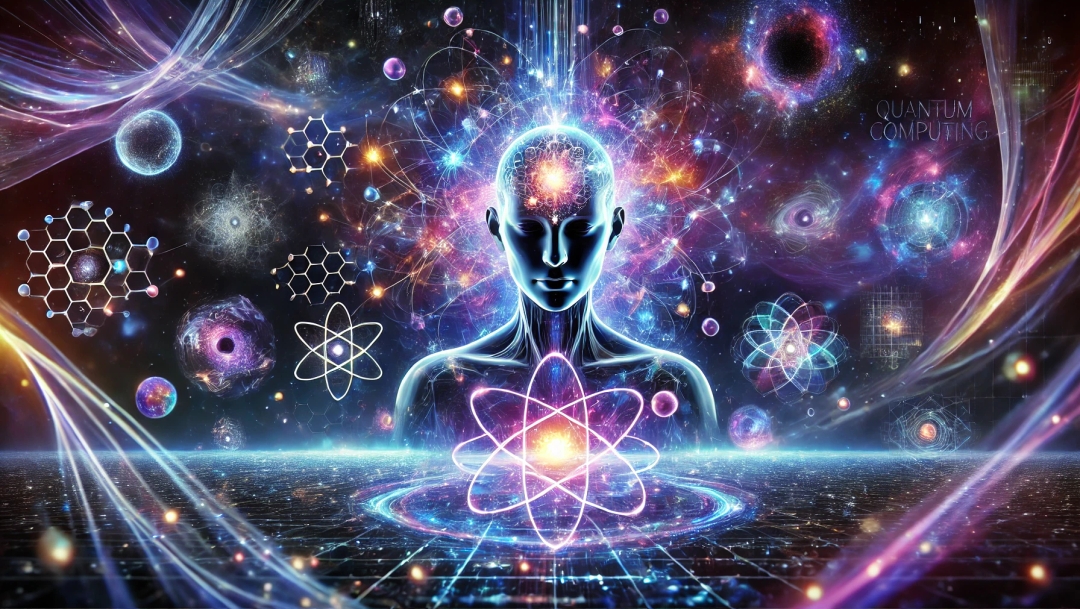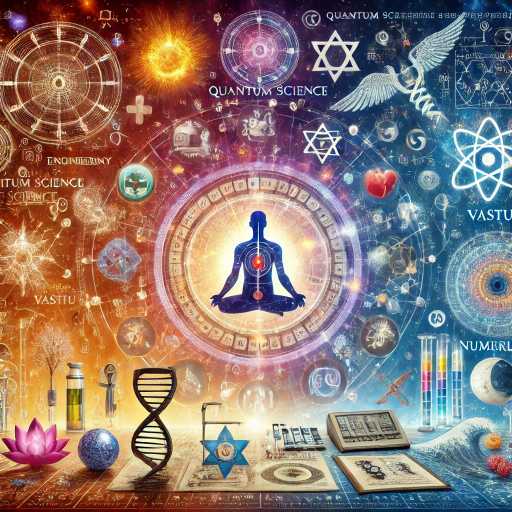‘सनातन’ का अर्थ है – शाश्वत या ‘सदा बना रहने वाला’,
अर्थात् जिसका न आदि है न अन्त।
Dharma is often translated as “duty,” “religion” or “religious duty” and yet its meaning is more profound, defying concise English translation. The word itself comes from the Sanskrit root “dhri,” which means “to sustain.” Another related meaning is “that which is integral to something.” For example, the dharma of sugar is to be sweet and the dharma of fire to be hot. Therefore, a person’s dharma consists of duties that sustain him, according to his innate characteristics. Such characteristics are both material and spiritual, generating two corresponding types of dharma:
(a) Sanatan-dharma – duties which take into account the person’s spiritual (constitutional) identity as atman and are thus the same for everyone.
(b) Varnashrama-dharma – duties performed according to one’s material (conditional) nature and specific to the individual at that particular time.
According to sanatan-dharma, the eternal and intrinsic inclination of the living entity (atman) is to perform seva (service). Sanatan-dharma, being transcendental, refers to universal and axiomatic laws that are beyond our temporary belief systems.
Let’s dive into the profound teachings and rich traditions of Sanatan Dharam, a spiritual path that has captivated millions around the world. Sanatan Dharam, often referred to as Hinduism, is an ancient and vibrant religion that encompasses a vast array of beliefs, practices, and philosophies. Our aim is to provide you with a comprehensive understanding of Sanatan Dharam, its significance, and how it has influenced the lives of its followers throughout history.
1. Introduction to Sanatan Dharam
Sanatan Dharam, which translates to “Eternal Dharma,” is a spiritual and philosophical tradition that originated in the Indian subcontinent thousands of years ago. It is the world’s oldest living religion, with a rich tapestry of myths, scriptures, rituals, and customs that have evolved over time. Sanatan Dharam encompasses a diverse range of beliefs and practices, making it a profound and dynamic spiritual path.
2. Core Beliefs and Teachings
At the heart of Sanatan Dharam lies a profound understanding of the universe, the nature of reality, and the purpose of human life. Its teachings emphasize the eternal truths and the interconnectedness of all beings. The concept of karma, the law of cause and effect, plays a pivotal role in Sanatan Dharam. It teaches that every action has consequences, shaping our present and future experiences.
Sanatan Dharam acknowledges the existence of multiple deities and recognizes that each individual may choose their personal path of devotion. It promotes the pursuit of self-realization and the union of the individual soul with the supreme consciousness, known as Brahman. The path to this realization can be achieved through various spiritual practices, including meditation, yoga, selfless service, and the study of sacred texts such as the Vedas, Upanishads, and Bhagavad Gita.
The Bhagavad Gita, a sacred scripture within Sanatan Dharam, holds immense wisdom and guidance for seekers on their spiritual journey. It is a conversation between Lord Krishna and Arjuna, where Lord Krishna imparts profound teachings on duty, righteousness, devotion, and the path to self-realization. The Bhagavad Gita offers insights into the nature of the self, the illusion of material existence, and the path to inner harmony and enlightenment.
3. Rituals and Festivals
Sanatan Dharam is rich in rituals and festivals that celebrate various aspects of life, spirituality, and the divine. From the grand festivities of Diwali, the festival of lights, to the colorful and joyous celebrations of Holi, the festival of colors, each ritual and festival holds deep symbolism and cultural significance.
Temples serve as the focal points for religious and communal activities, where devotees gather to offer prayers, perform rituals, and seek spiritual guidance from priests and gurus. These sacred spaces are adorned with intricate carvings, statues, and paintings that depict the various deities and mythological stories.
4. The Impact of Sanatan Dharam
Sanatan Dharam has had a profound impact on various aspects of life, including art, architecture, music, dance, literature, and philosophy. Its teachings have inspired great thinkers, poets, and scholars throughout history. The principles of nonviolence, compassion, and harmony with nature espoused by Sanatan Dharam have influenced social and ethical frameworks in societies across the world.
The ancient Indian texts and scriptures, such as the Vedas, Upanishads, and the Bhagavad Gita, contain a wealth of knowledge on diverse subjects, including mathematics, astronomy, medicine, and governance. The principles of Sanatan Dharam continue to shape modern-day India and have found resonance in the hearts and minds of people seeking spiritual fulfillment and a deeper understanding of life’s mysteries.
5. The Path of Universal Oneness
Sanatan Dharam teaches the path of universal oneness, recognizing the inherent divinity in all beings and the interconnectedness of all life forms. It advocates for harmony and respect for all religious traditions, fostering a sense of unity and inclusivity.
By embracing the teachings of Sanatan Dharam, individuals can cultivate a deeper understanding of themselves, their relationship with others, and their connection to the larger cosmic order. The wisdom of the Bhagavad Gita, with its profound teachings on duty, righteousness, and self-realization, serves as a guiding light on the path to spiritual growth and enlightenment.
6. Some teachings and Lessons of Sanatan Dharma are –
-All events have a cause. Causes are neutral, we qualify them as good or bad.
-All actions have a consequence. Consequences can be positive and negative.
-In the network of life, there is no single cause or single consequence. Hence life is tough to predict.
-Multiple causes and consequences create diversity.
-Diversity gives rise to hierarchy which gives rise to inequality.
-Everyone wants to be unique and feel special, and so loves hierarchy.
-When we are burdened by hierarchy, we see it as a problem that needs to be solved. In other words, we seek to dismantle it and speak of justice and equality.
-Victim, villain, and hero is a construct determined by our ego. If we are beneficiaries of hierarchy, we are heroes, deserving candidates of our fortune. If we are not, we are victims, and the beneficiary is the villain.
-Our ego is a function of our insecurities. It makes us feel we matter, that nature should treat us differently from other organisms. It makes us feel we can change the world, alone.
-As we go about changing the world, solving problems, we create new problems, as it is impossible to factor in every influencer.
-No matter what we do, there are never any guarantees in life.
-History existed before us and will continue after us.
-Nothing is permanent. Things come together to fall apart.
-Individuals change, not communities.
-Diversity is inefficient. So, we yearn for standardisation, homogeneity, and equality.
-We take care of what we believe is ours.
-Possessive pronouns (mine, yours, his, hers, ours) are human inventions, as is the idea of debt and fair trade.
-Justice presupposes the end of history, when account books are balanced. This never happens in rebirth cultures.
-Rebirth is a code to explain diversity in the world, and uncertainty of life.
-Karma makes you accept the moment and make a choice, but without certainty of outcome.
-Good times follow bad times. Sometimes you are on top of the wheel, sometimes you get crushed. It never ends.
Sanatan Dharam, with its profound teachings, rich rituals, and enduring legacy, continues to be a guiding light for millions of people around the world. Its timeless wisdom, encompassing the teachings of the Bhagavad Gita, offers insights into the nature of the self and provides a roadmap for leading a purposeful and meaningful life. By exploring the depths of Sanatan Dharam and integrating its teachings into our lives, we can embark on a transformative journey towards self-discovery, inner peace, and spiritual awakening.














